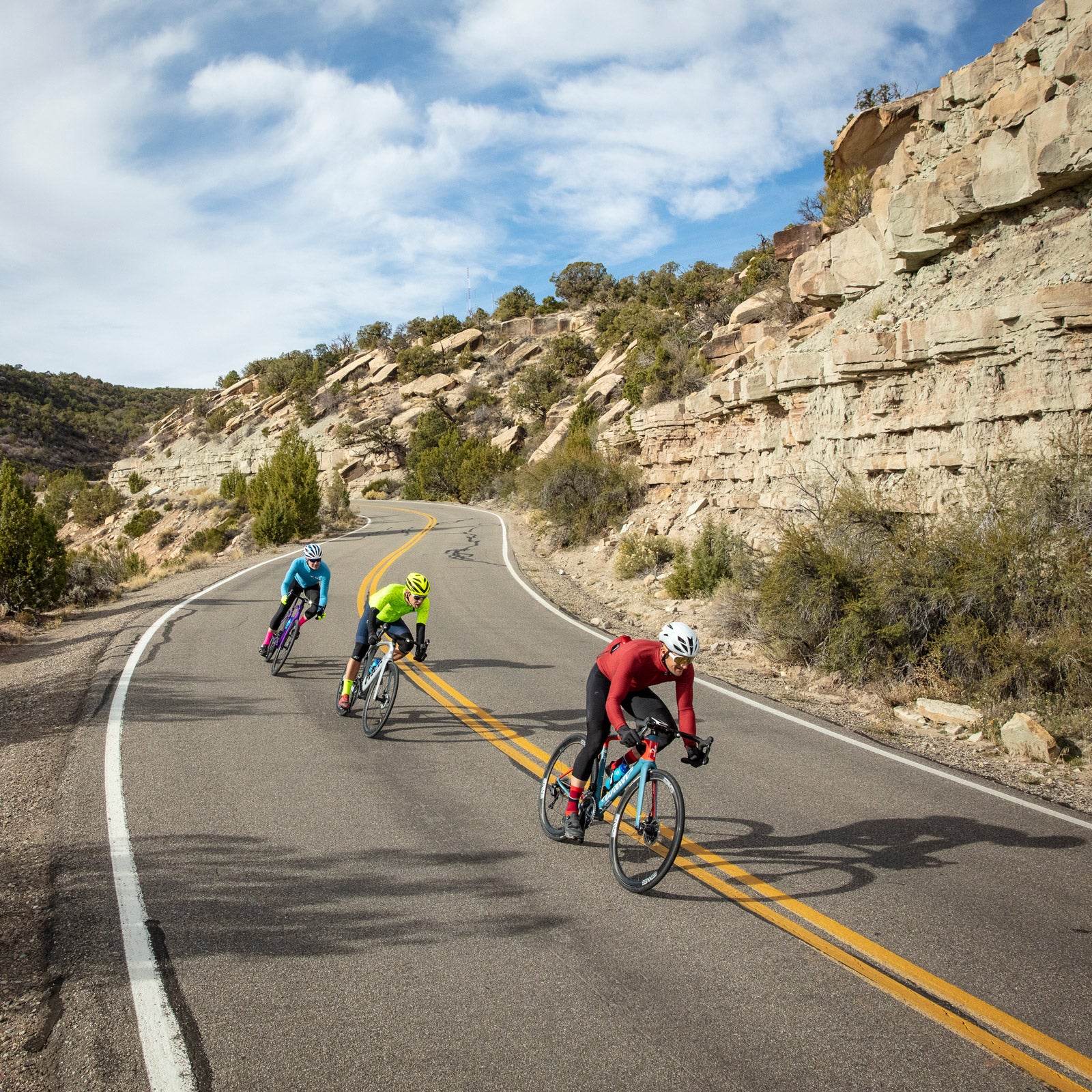At the ���ϳԹ��� bike test, we tested 25 new road and all-road bikes that have either launched in the past six months or will be new for 2019. The goal is to keep an eye on the direction of the market, as well as pick the latest, greatest bikes for ���ϳԹ���’s print and online coverage.
Yes, these are (mostly) expensive bikes, which is where development takes place (and preproduction samples are available). There are plenty of good reasons to test the high end. For the most part, manufacturers will offer scaled-back versions for most budgets.
At this year’s test, we saw three overriding trends on the road side. First, disc brakes are now the norm. Of the 25 drop-bar bikes in the test, every single one was equipped with discs, including full-on Pro Tour race machines and aero bikes, which were the last bastion of rim brakes. Second, gravel and adventure roadies continue to diversify and proliferate, with manufacturers experimenting with added stability, boiled-down suspension strategies, and additional tire clearance (40c seems to be the new norm). Finally, this is the year of the e-road bike, as half a dozen companies have brought models to market that look and feel like standard pavement-pounders but with a pedal-assist motor built in.
We’re still tabulating the test results and parsing the nuances of all the bikes with follow-up rides, but the following bikes are some of our testers’ favorites so far.
Lauf True Grit (from $3,690; $4,990 as tested)
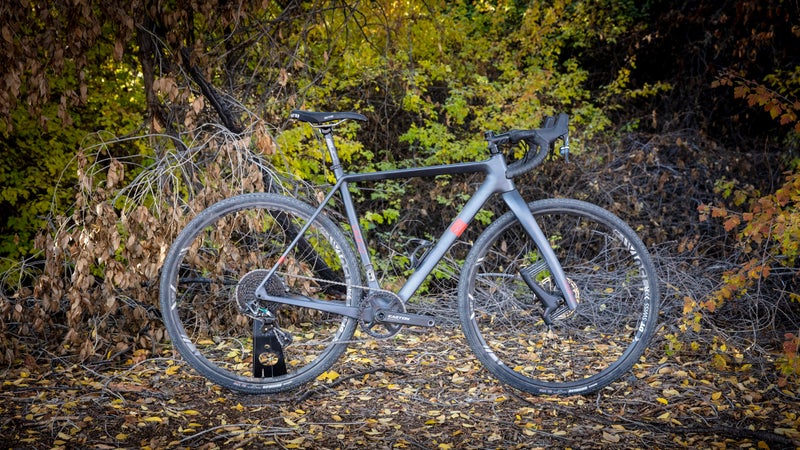
Lauf’s carbon leaf-spring fork might look a little unusual, but its 30 millimeters of suspension is perfect for taking the edge off the high-frequency bumps and washboard common on gravel roads. And while the fork works great, this bike is more than just a nifty piece of front-end engineering. The shimmering, smoky gray carbon frame has a finely honed rear end for compliance, tire clearance up to 45c (the 40c Maxxis Ramblers are among our favorite tires), a 1x-specific drivetrain, and water bottle mounts for four cages, including a feed bag on top. At 16.8 pounds, the bike is a far crisper ride than you’d expect from looking at it, though handling is stable verging on slow because of the suspension. Several testers commented that they were considering purchasing the Grit SL fork, which is sold separately, for their personal gravel bikes.
Best For: Long, straight endurance rides on mixed surfaces; roadies looking to cross over.
Factor O2 Frame and Fork (from $4,800; $10,000 as tested)
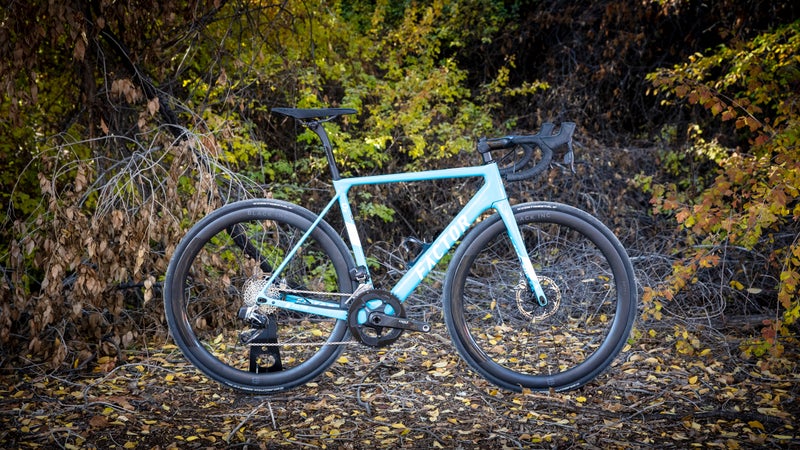
The O2 is the quintessence of the modern race bike: feathery (just 16.1 pounds), extremely agile and quick handling, and equipped with disc brakes. More pared down than the stunning One we tested last year, this bike offers just as refined a ride and finish but in a racing package. (AG2R La Mondiale pilots this bike in the Pro Tour.) Overall, the steering is sharp, and the ride feel is unrelenting like a Formula One racer. But Factor’s take on the one-piece bar and stem combo is one of the cleanest and most beautiful we’ve seen—and ostensibly cuts drag—even if the willowy, slightly flexible feel of the fusion favors lightweight climbers, not burly sprinters. The rest of the house-brand Black Inc. parts are just as well designed, with the gossamer wheels contributing to the bike’s peppiness. The day we rode the Colorado National Monument with nearly 3,000 feet of climbing per lap, it was a veritable wrestling match to see who would get to ride the O2, the optimal tool for the day.
Best For: Racers and weight weenies.
Cannondale SystemSix Hi-Mod Ultegra Di2 (from $4,200; $7,500 as tested)
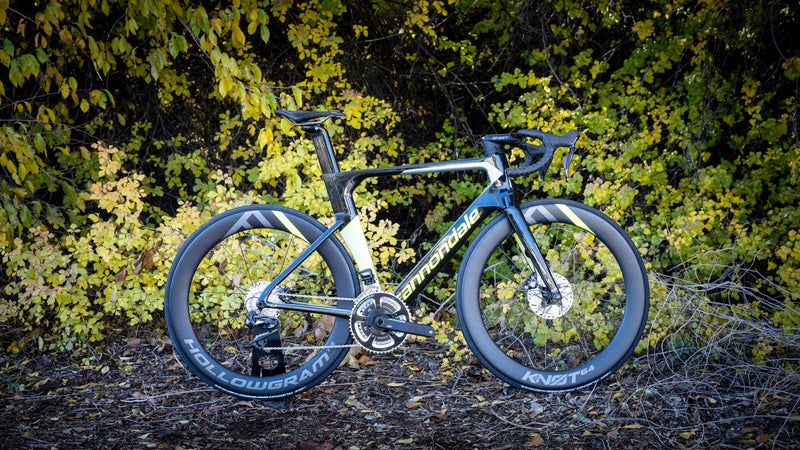
Slow to react to the aero trend in road bikes, Cannondale has finally revamped its top road machine, the SystemSix, with wind-cheating benefits. With all cables run internally, even through the bar and stem, there’s nothing to cause drag, and the bike indeed rockets down the road like a missile, so much so that several testers said they would have preferred a standard gearing instead of the semi-compact 52-36 to garner the full benefits. For flat-out speed, the 64mm-deep carbon rims and diminutive 23c Vittoria tires make sense, though I also rode the bike with wider, shorter Enve 3.4s and 28c rubber and appreciated the softer ride. If there are any missteps on this bike, it’s the integrated bar and stem setup, which looks neat but didn’t allow for as much rotational adjustment as we wanted. Still, if you want to go fast, few bikes out there felt as zippy as this one.
Best For: Speed freaks and tri-crossovers.
Why Cycles R+ (from $4,650; $6,100 as tested)
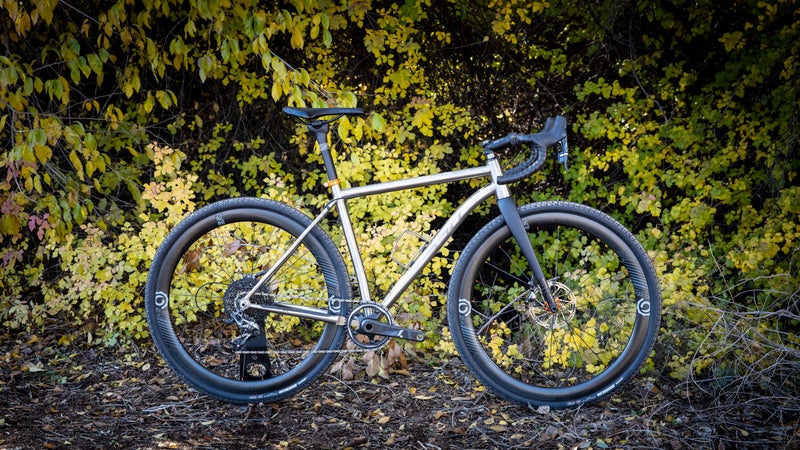
After taking a break following his departure from Borealis, the fat-bike company he helped found, Adam Miller has returned to the cycling industry with Why Cycles, a small, Colorado-based bike brand dedicated to delivering high-end titanium designs at prices lower than the boutique alternatives. Why is also intent on modernizing titanium, and the R+ typifies that, with a long front-center paired to a relatively short stem, a tapered head tube, through-axles front and rear, and braze-ons for pretty much any accessory you’d care to add. Rather than using straight tubing, Why bent and shaped its titanium, which adds cost and complexity but also ups the comfort factor, and many testers commented on the plush, stable ride. Our bike was equipped with our favorite 40c Maxxis Rambler tires, but there was gobs of space for even bigger rubber. (Why says the bike fits up to 2.1s on 650B wheels.)
Best For: Anyone after an adventure bike that will last through the fads.
Pinarello Dyodo ($8,000)
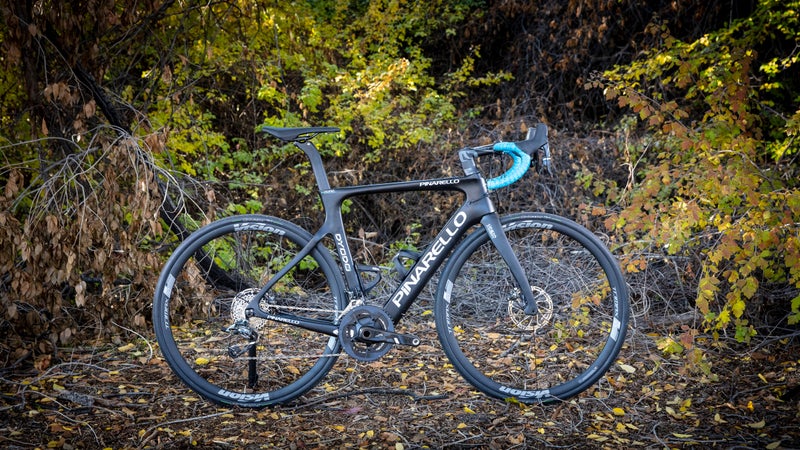
Following on my positive experience with the Orbea Gain earlier this summer, I was interested to discover that Pinarello’s just-launched pedal-assist racer is using the exact same battery and motor system as its Spanish counterpart. (So is the new , which we also rode. Though Orbea developed the motor in conjunction with , the deal to sell and market the system wasn’t exclusive.) That means you get the same clean looks—except for the light on the top tube and the slightly enlarged hub, it’s almost impossible to tell this bike apart from a standard road bike—as well as the simple interface and pedal assist that supplements your output with between 100 and 200 extra watts. The Dyodo’s carbon frame is curvy and lithesome like all Pinarellos, and the ride is extremely seated and stable, in part because the bike weighs 25 pounds. I know naysayers will grouse over the motor, but the electric assist is minimal compared to the powerful ones on most e-MTBs, and it made our last of four laps over the monument enjoyable rather than just a slog. I’m excited about this new breed of bike’s potential to open great riding to a broader audience than ever before.
Best For: Early adopters, families who want to ride together and can’t otherwise, and anyone looking to go a bit longer and faster.
Donnelly G//C Force (from $3,000; $4,000 as tested)
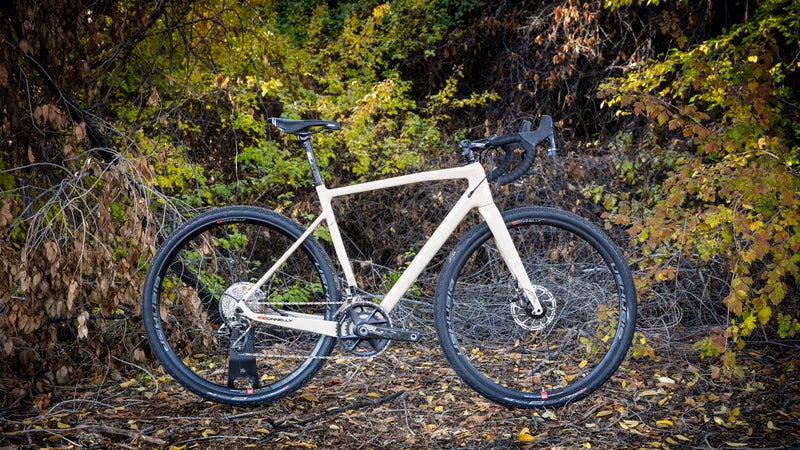
Purveyor of some of the finest and most comfortable gravel tires available, Donnelly (formerly Clément) decided to take its all-road know-how to complete bikes this year. The result, the G//C (that’s Gravel Carbon), is just as compelling as the company’s rubber. Designed with input from Rolf Singenberger, who previously worked for BMC and Eddy Merckx, this full-carbon frame is solid and unfussy but still plenty modern, with smart internal cable routings and mounts for fenders and three bottles. The dropped seatstays and angular rear triangle also created one of the most compliant-feeling bikes in the test. Though it bears some resemblance to the Lauf True Grit, the Donnelly is actually quite a different beast, with its longer wheelbase, more upright stance, and nice flare bars perfect for distance events like Kanzaa and long backcountry adventuring. Oh yeah, and the X’Plor MSO 40c tires were some of the supplest and best-liked in the entire test.
Best For: ���ϳԹ��� and endurance junkies.


